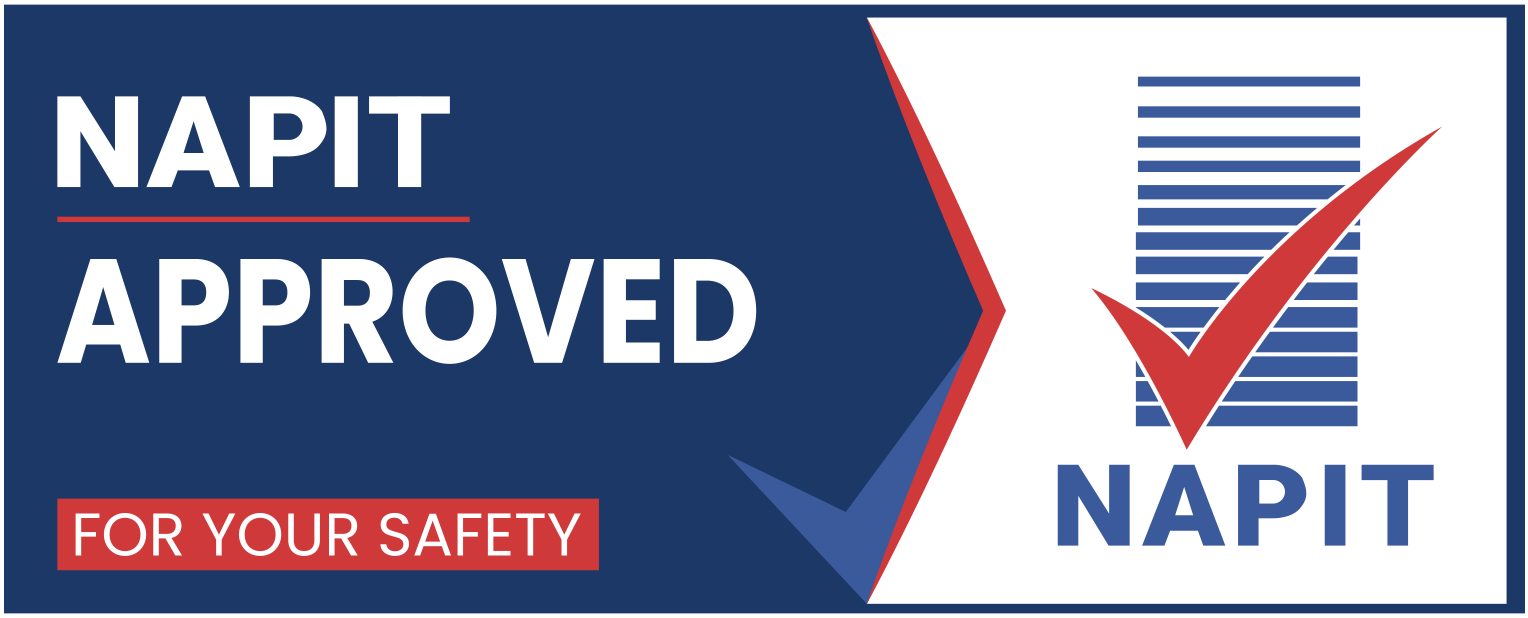Where do electrical wires run in a house?
Where do electrical wires run in a house? You’re probably thinking, ‘Why would I need to know? What use would that be to me?’ Most of the time, we don’t need to know. If everything is running smoothly, then we don’t need to think about it.
Certainly, I wasn’t thinking about it, until I needed to install some new electrical sockets and I needed to know! There will be times when you need to know as well. Perhaps something has gone wrong and you need to get your wiring checked out. Or perhaps you are considering some internal electrical installation, such as new wall lights or additional plug sockets, or you want to do some DIY, then you will need to think about where the electrical wires run in your house.
There are regulations in place in the UK that designate where electrical wires should run in a property. These are commonly known as ‘safe zones’. This means you have a guide as to where the wires run, and where to avoid them.
What is a ‘Safe Zone’?
“Safe Zones” (also known as cabling zones, or permitted or prescribed zones) exist to reduce the risk that you could accidentally cut or screw into an electrical cable when doing day-to-day jobs such as DIY or hanging pictures. These safe zones are areas where concealed cables should be run so you should avoid them if you are drilling into a wall. Electrical cables should not be found outside of these zones.
However, in many older properties, they often are, so this is something to be aware of when drilling or chopping sections out of a wall.
Also, the wires may have been installed by someone who has not followed the regulations, so you cannot presume that your cables are within these safe zones until you check them.
What are the regulations?
The IET co-publishes BS 7671 with the British Standards Institution and is the authority on electrical installation. The IET wiring regulations contained within BS 7671 lays out how an electrician needs to wire a house to comply with the code’s strict standards.
So where should you expect to find the wires running?
- Top of the wall - where the wall meets the ceiling there is a 150mm zone where wires should be run. This runs horizontally around the whole room.
- Join between two walls - there is a safety zone of 150mm on each wall from the join where the two walls meet. This is for any join in a room and runs vertically down from the corner.
- Horizontally and vertically from any switch or socket. The zone runs horizontally from both sides of the socket until it reaches a corner or an obstacle such as a door, and vertically it runs the width of the socket or switches up to the ceiling and down to the floor.
- If a partition wall is less than 100mm thick then the cable safe zone for a socket or switch will run on both sides of the wall.
Unfortunately, people do not always follow these rules and route cables outside of the safe zones. You should never assume that you know for sure where the wires are unless you have properly checked for them.
Safety First
You should always put safety first when dealing with electrics and ask a qualified electrician to carry out any work for you, this includes finding the wires in your walls. An electrician has reliable, specialist tools, including a cable detector, which means they can find where the wires run in your property. They can map out where the cables are so that you can know for certain. This will give you peace of mind in the future when doing any internal electrical installation or other DIY.
You should also make sure that your RCD (Residual Current Device) is installed correctly and is working properly. This is designed to prevent you from getting a fatal electric shock if you cut through a wire or touch something live.
Conclusion
There are times when you need to know where the electrical wires run in your house, such as when doing DIY or installing new electrical fittings. Usually, wires can be found in the designated ‘safe zones’, but there is a chance that these rules haven’t been followed. We always recommend putting safety first and getting a qualified electrician to identify where the wires run in your property. Don’t get too enthusiastic with a drill until you know for sure where those wires run!




